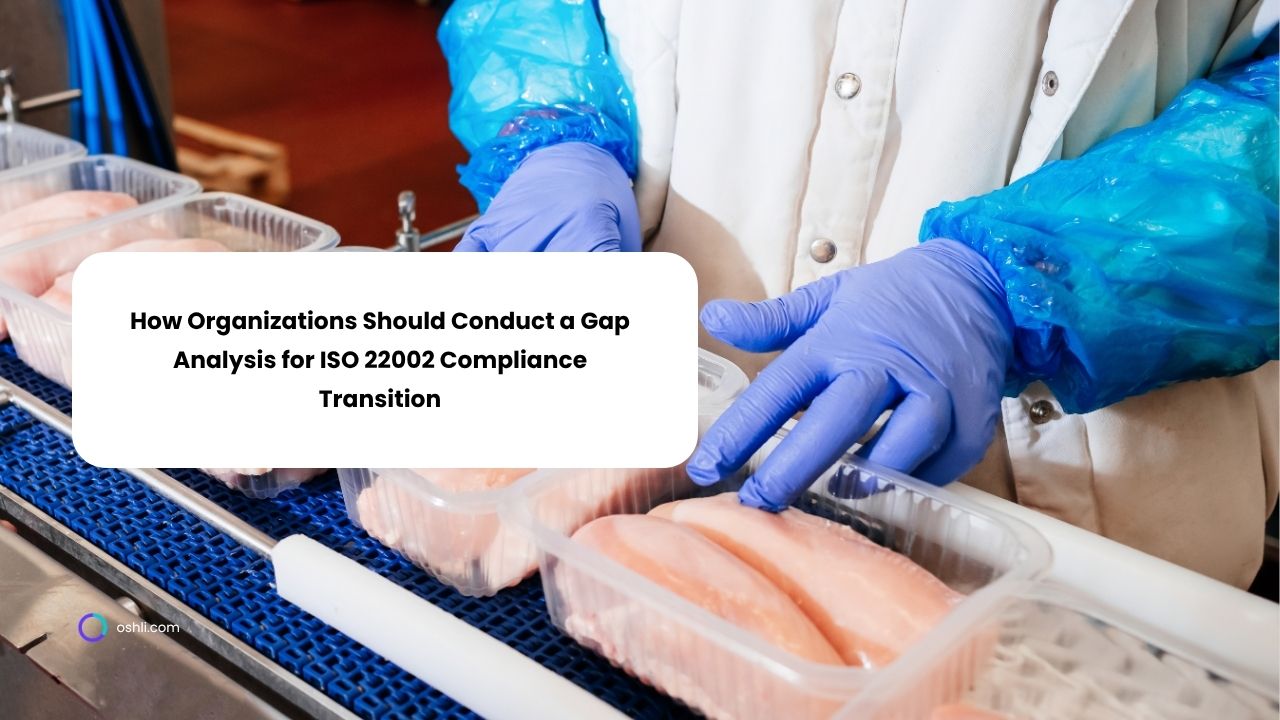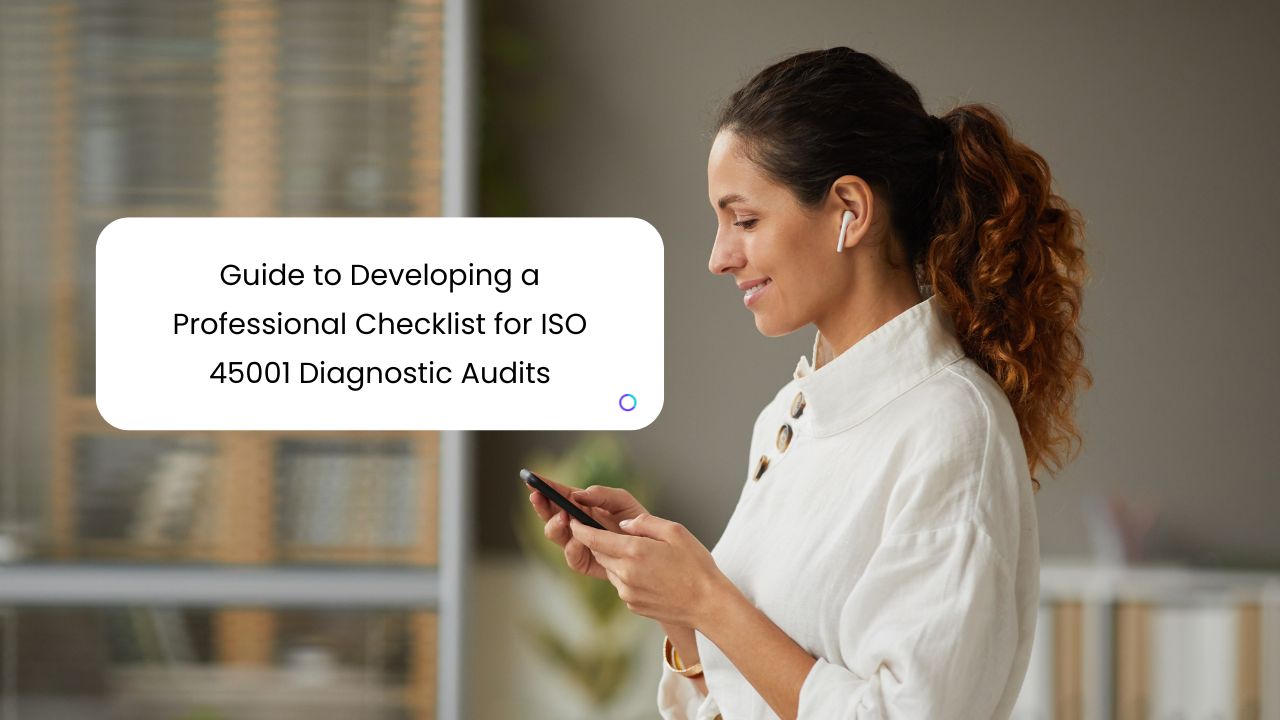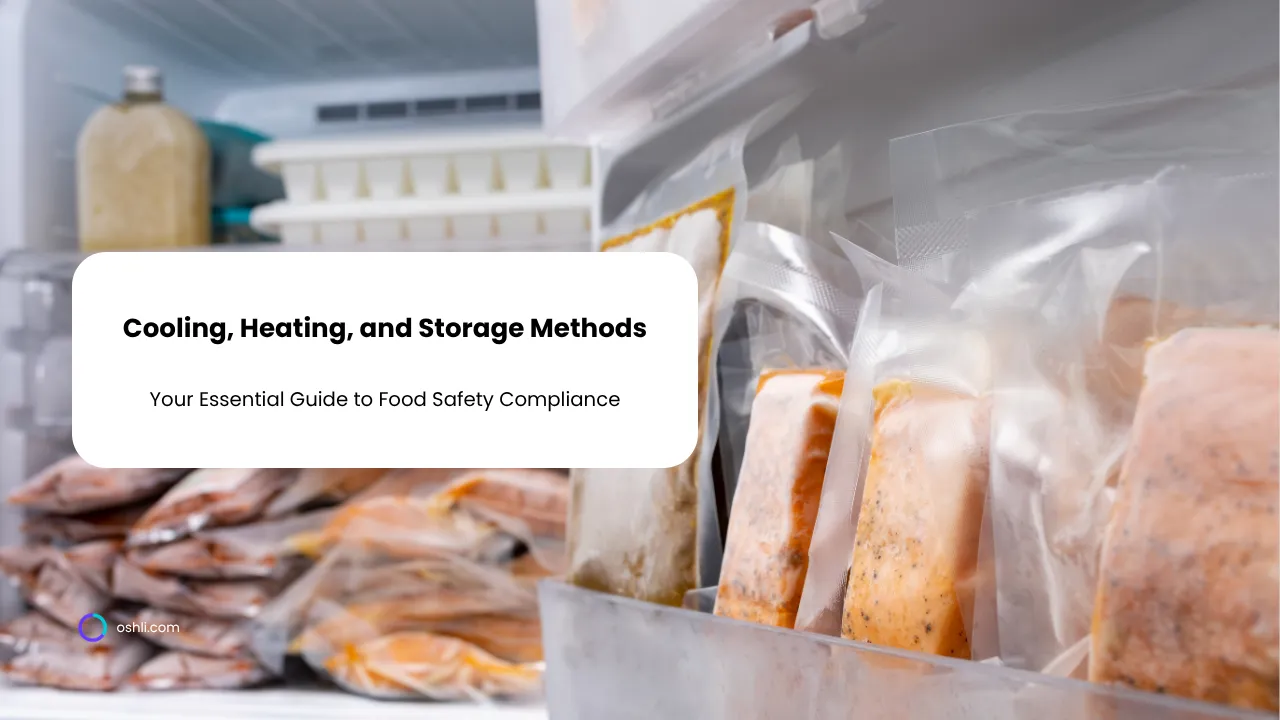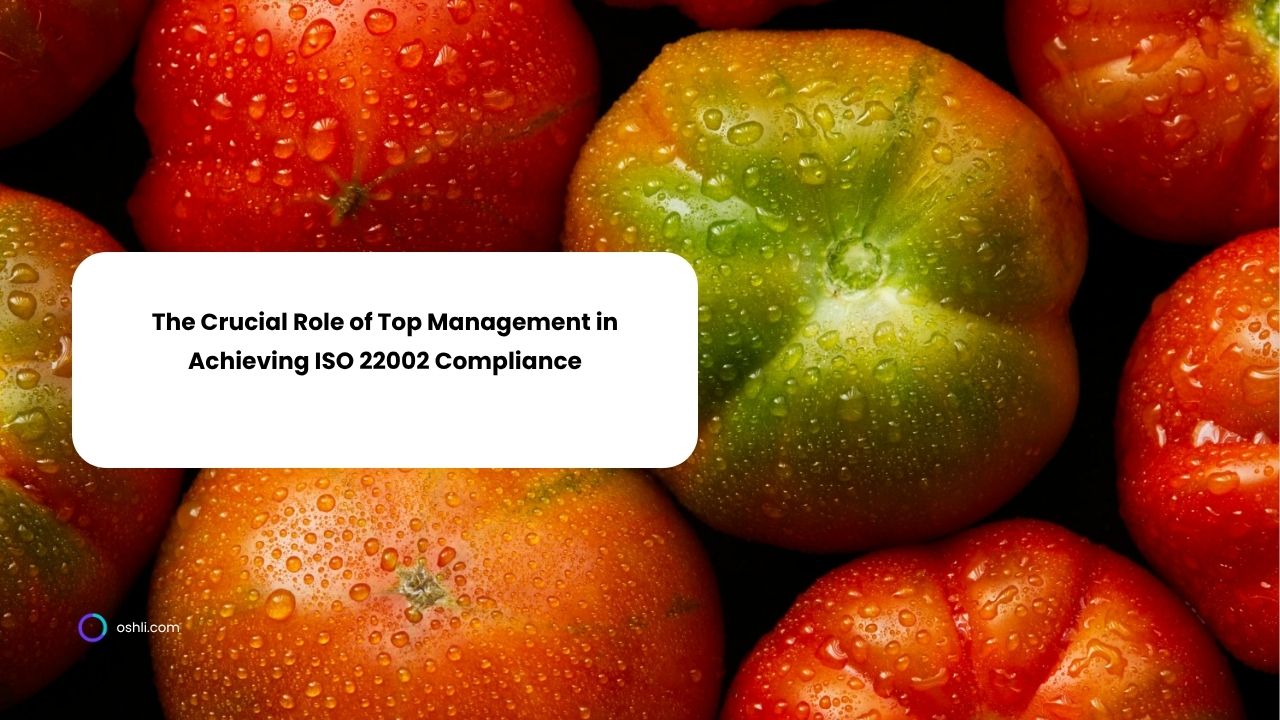
How Organizations Should Conduct a Gap Analysis for ISO 22002 Compliance Transition
In the dynamic world of food safety, transitioning to ISO 22002 compliance is essential for organizations aiming to uphold the highest standards. ISO 22002, focusing on prerequisite programs (PRPs) for food safety, ensures robust controls across sectors like manufacturing, packaging, and retail. But how do you bridge the gap between your current practices and this updated standard? A well-structured gap analysis is your roadmap. This professional yet approachable guide walks you through the process, incorporating key SEO terms like ISO 22002 compliance, food safety standards, and PRP implementation.
Step 1: Define the Scope and Assemble Your Team
Start by clearly outlining the scope of your gap analysis for ISO 22002 compliance transition. Identify relevant clauses from ISO/TS 22002-1:2025 (general PRPs) and sector-specific parts (e.g., ISO 22002-7 for retail). Gather a multidisciplinary team—including quality managers, operations leads, and compliance experts—to bring diverse perspectives. This collaborative approach fosters buy-in and uncovers hidden inefficiencies in your food safety management system.
Step 2: Map Current Practices Against the Standard
Conduct a thorough review of your existing PRPs. Document current processes, such as pest control, hygiene protocols, and supplier verification, using checklists or matrices. Compare these against ISO 22002 requirements. For instance, does your current system align with the new emphasis on predictive analytics in contamination prevention? Tools like spreadsheets or specialized software can highlight discrepancies, making your food safety standards audit-ready.
Step 3: Identify and Prioritize Gaps
Once mapped, pinpoint gaps—areas where your practices fall short of ISO 22002 compliance. Categorize them by impact: high-risk gaps (e.g., inadequate allergen controls) demand immediate action, while low-risk ones can be phased in. Prioritize based on regulatory needs, operational feasibility, and potential cost savings. Remember, this isn't just about compliance; it's about enhancing overall food safety and efficiency.
Step 4: Develop an Action Plan and Implement Changes
For each gap, outline actionable steps with timelines, responsibilities, and resources. Integrate training programs to upskill staff on updated PRPs. Pilot changes in one area, like transport hygiene, before full rollout. Monitor progress with KPIs, such as reduced audit non-conformities, to ensure a smooth transition to ISO 22002.
Best Practices for Success
- Leverage digital tools for real-time tracking.
- Engage external auditors early for unbiased insights.
- Foster a culture of continuous improvement.
Transitioning to ISO 22002 compliance doesn't have to be daunting. With a thoughtful gap analysis, your organization can achieve resilient food safety standards, protect consumers, and boost credibility. Ready to start? Assess your PRPs today and step confidently into the future of food safety.
Join our newsletter!
Enter your email to receive our latest news.
Don't worry, we don't spam
Related Articles

Guide to Developing a Professional Checklist for ISO 45001 Diagnostic Audits
The ISO 45001 standard establishes a framework for Occupational Health and Safety Management Systems (OHSMS), aiming to enhance employee safety, reduce workplace risks, and create safer working conditions. A diagnostic audit aligned with ISO 45001 is a proactive approach that allows organizations to assess current compliance, identify weaknesses, and prioritize improvements. Central to this process is a professionally structured checklist that ensures consistency, accuracy, and depth in audit execution.

Cooling, Heating, and Storage Methods: Your Essential Guide
Discover how to create a cooling, heating, and storage methods template to ensure food safety, meet compliance, and optimize temperature control with free templates.

The Crucial Role of Top Management in Achieving ISO 22002 Compliance
Explore how top management's leadership drives ISO 22002 compliance, ensuring robust food safety management through commitment, policy, and oversight.


